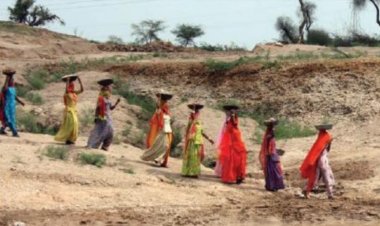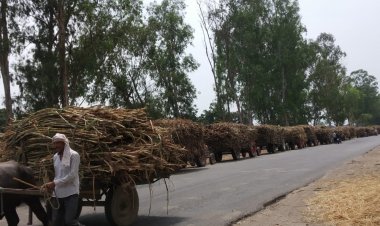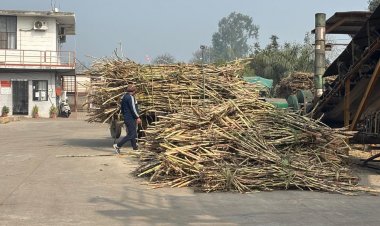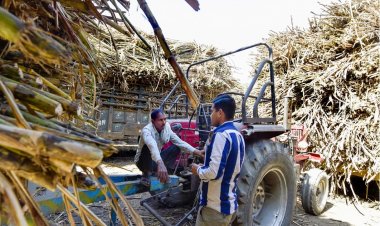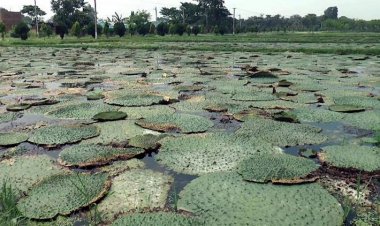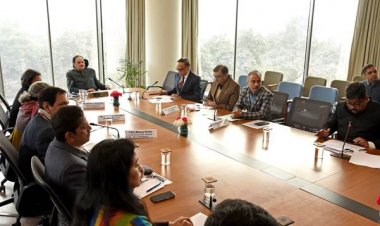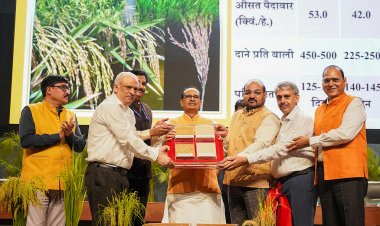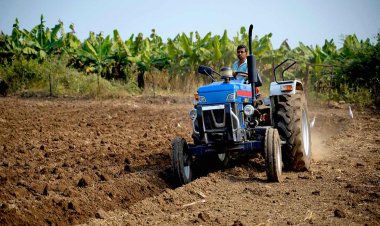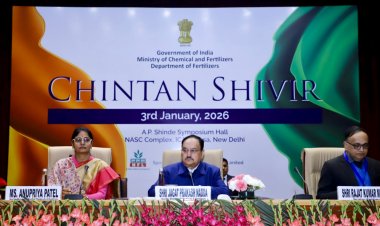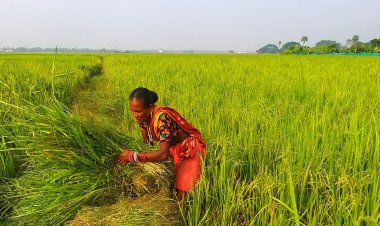The Punjab government will provide 24,000 crop residue management machines in the coming harvesting season to check stubble burning incidents in the state.
Punjab Agriculture Minister Gurmeet Singh Khudian has said his department has received as many as 1,58,394 applications from farmers to avail subsidy for Crop Residue Management (CRM) machinery.
The department will provide Super SMS, happy seeder, paddy straw chopper, mulcher, smart seeder, zero till drill, surface seeder, super seeder, crop reaper, shrub master for in-situ management (mixing crop residue in fields) and baler and straw rake for ex-situ management (using stubble as fuel) of the paddy residue.
During the last year, the state was able to reduce stubble-burning cases by 30 per cent, he said. The department had prepared a Rs 350 crore action plan for providing CRM on subsidy for the 2023 Kharif season.
The applications for availing subsidy were invited via an online portal to ensure transparency and make the procedure easy to use for availing the subsidy.
In a statement, Khudian said the agriculture department has also been making concerted efforts to set up custom hiring centres at each block, wherein CRM machines would be made available for small and marginal farmers.
"The state government has been providing 80 per cent subsidy for the establishment of custom hiring centres on the purchase of CRM machines, while 50 per cent subsidy is being offered to individual farmers," he said.
Meanwhile, in a related development, Delhi Environment Minister Gopal Rai has written to Union Ministers Bhupender Yadav and Narendra Singh Tomar seeking a joint meeting of states on the matter of stubble burning.
In his communication to Minister of Agriculture and Farmers Welfare Tomar and Environment Minister Yadav, he noted that a meeting had been held on August 3 on the matter with ministers of NCR states, but stubble burning has begun once again.
The letter stated that there is a need for a joint meeting soon with the states concerned so that a plan can be made to put a stop to instances of stubble burning.
Rai has also stated in his communication that while Delhi is taking steps including an anti-dust and anti-open burning campaign, specific measures in air pollution hotspots, and spraying of bio-decomposer to prevent instances of stubble burning within the Capital, these steps will not be effective unless stubble burning is curbed in the NCR states.
Details on crop residue burning from IARI’s Consortium for Research on Agroecosystem Monitoring and Modelling from Space, which uses satellite data, show that there were six instances of burning in Punjab from September 15 to 20, while there were five such instances in Haryana and two in UP. From September 15 to 19 last year, there were 40 such instances in Punjab.
V K Sehgal, Principal Scientist, IARI, said that paddy harvesting as well as burning incidents have begun in parts of Punjab and Haryana. “In northern Punjab and parts of Haryana, harvesting has begun and so has burning. But it has just started and they are not significant numbers,” he said.
With the monsoon withdrawal from the extreme parts of northwest India yet to begin, Sehgal said, “Some of the early burning incidents may go towards October end. But the whole season may not get pushed. The peak would still be around the same time, which is the end of October and the first week of November.”
A total of 69,615 burning events were detected across six states (Punjab, Haryana, UP, MP, Delhi and Rajasthan) till November 30 last year, with 49,922 of these being in Punjab. For Punjab, this was lower than the 71,304 crop residue burning events recorded in 2021, and 83,002 such instances recorded in 2020.
The daily peak contribution of stubble burning to particulate matter in Delhi was 34% in 2022, lower than the peak of 48% in 2021, and 42% in 2020, according to data from the System of Air Quality and Weather Forecasting And Research (SAFAR).
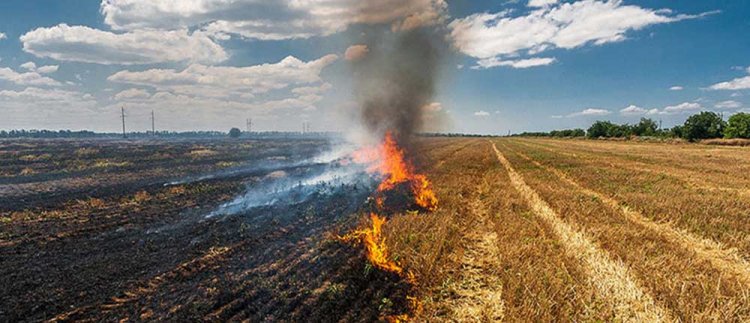



 Join the RuralVoice whatsapp group
Join the RuralVoice whatsapp group

















